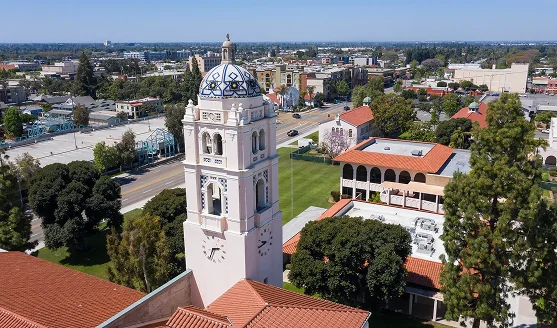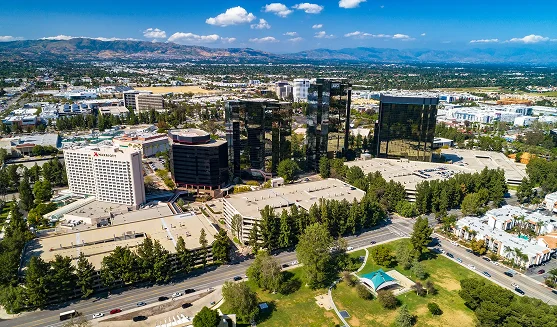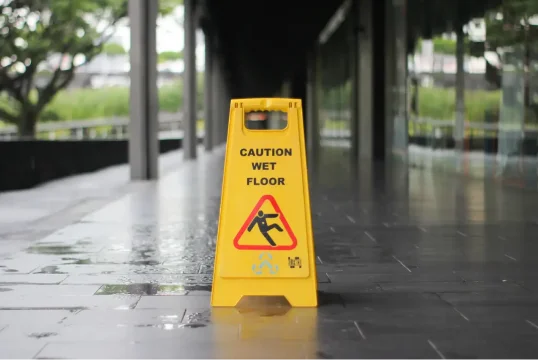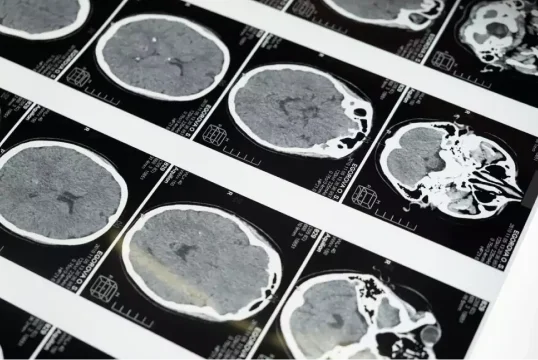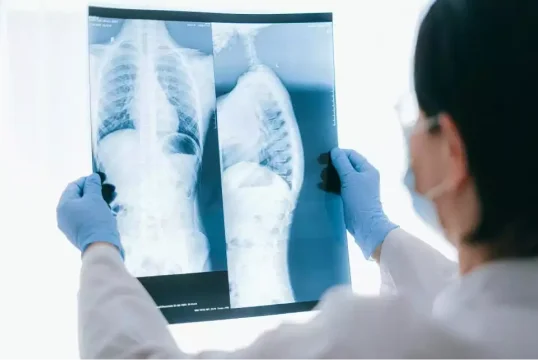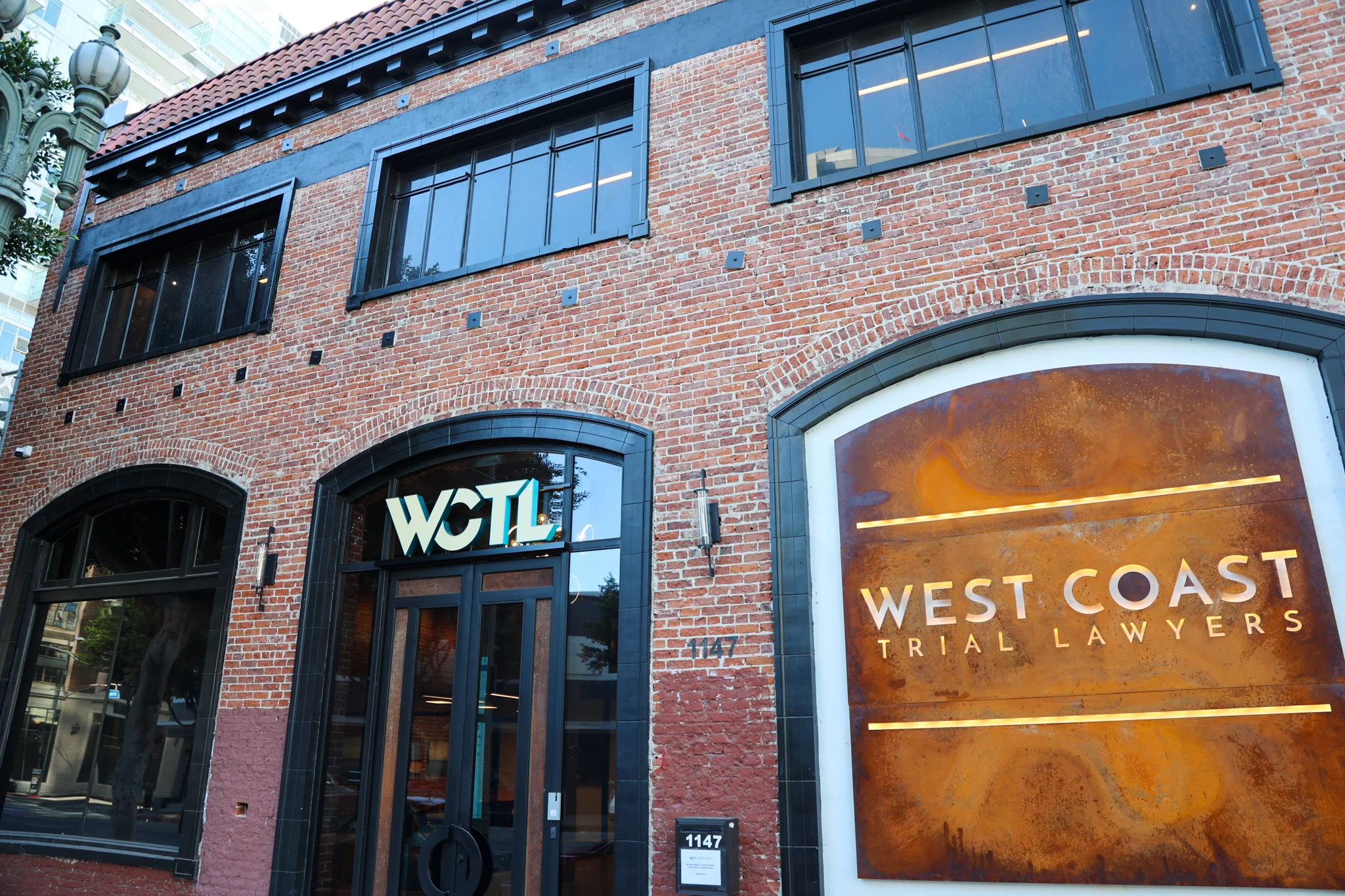Get Legal Insight from Our Expert Spinal Cord Injury Attorneys
A spinal cord injury can dramatically impact your life. Depending on what vertebral segment is damaged, you may lose the ability to function certain parts of your body temporarily or permanently.
You will need to seek medical attention from a doctor who specializes in spinal cord injuries to get started on your treatments. With medical costs, hospital bills, and other additional damages, it can be overwhelming to handle your finances.
Our California spinal cord injury lawyers have supported clients suffering from similar injuries in the past, and we want to extend the same legal support to you and your loved ones.
If your spinal injury was caused by a negligent person, you may be entitled to recoverable compensation. At West Coast Trial Lawyers, our qualified California spinal cord injury attorneys have over 60 years of collective legal experience in handling personal injury cases. We have recovered over $1.5 billion in financial settlements alone and will help you strengthen your claim.
To schedule a free consultation, please contact our 24/7 legal team by calling 213-927-3700 or filling out our quick contact form.

What to Do After a Spinal Cord Injury in California
After a spinal cord injury, you will need to do the following:
- Call 911 and request that paramedicsarrive at your location to transport you to the hospital. From there, you will be seen by doctors and nurses to get a thorough examination of your wounded area. Your medical records relating to the spinal cord injury will be saved on file and can be used as evidence to include in your personal injury claim.
- Collect Contact Information from the at-fault party. As well as information from those who may have witnessed the accident or were in the area when it happened.
- Seek Legal Representation from an experienced lawyer once you think you are capable of pursuing a lawsuit against the at-fault party for your spinal cord injury. A spinal cord injury lawyer will assist you in collecting witness statements and handling your personal injury lawsuit.
Common Causes of Spinal Injuries in California
There are 1.2 million people in the US suffering from spinal cord injuries (SCIs), and 11,000 suffer every year. The physical pain, mental anguish, and great financial burden of expensive medical treatments greatly impact the quality of life for back injury victims.
Below are the most common causes of spinal cord injuries in the United States according to a study done by the National SCI Database (NSCID) and National Shriners SCI Database (NSSCID):
- Motor Vehicle Accidents
- Slip and Fall Accidents
- Gunshot wounds
- Sports Injuries
- Illnesses
- Diving incidents
- Medical malpractice
- Surgical complications
After recovering from your injury, contacting a California spinal cord injury attorney is advised to cover your expenses.
Types of Spinal Cord Injuries in California
The spine is segmented into four categories: the Cervical spine on top, the Thoracic spine in the middle, the Lumbar spine towards the bottom, and the Sacral spine at the end. The spinal cord connects the brain to the rest of the body, so injuring one of these segments affects various bodily functions.
Damage to any part of your spine, from the bone to the nerves, is considered a spinal cord injury and can lead to life-threatening conditions.
One of the most common spinal cord injuries are disc injuries, in which discs that give the spine flexibility break and deform from the impact of a car crash. People with disc injuries experience sharp pain or numbness because the disc applies pressure on the spine’s nerves.
Another type of spine injury is compression fractures, where the spine’s structure cracks and weakens, causing the vertebrae to curve over. This condition is most common in people 50 or older.
Complete vs Incomplete Spinal Cord Injuries
A Complete Spinal Cord Injury is when there is total nerve damage to the injured area in the spinal cord. No nerve communication can be reached from the injured area to the brain and vice versa. Complete loss of functions or total paralysis results from a complete spinal cord injury.
These types of injuries are the most serious because current medical technologies make nerve damage irreversible. Therapy may be issued to mitigate the injury, but a complete spinal cord injury often leaves lifelong side effects that require constant care.
An Incomplete Spinal Cord Injury means there is only partial nerve damage to the injured area in the spinal cord, and communication can be made through the injured area. One may be able to move, feel, or even recover from the injured area depending on the state of the incomplete spinal cord injury.
Determining whether your injury involves a complete or incomplete spinal cord injury will affect your recovery process and how much damage you can recover from your claim. Let your lawyer know the status of your injury so they can accurately represent you in a court of law.
Cervical Spine Injury
The cervical spine consists of the C-1 to C-7 vertebrae inside the neck nearest to the brain. Cervical spine injuries are the most severe because a complete spinal cord injury in this area will affect all areas of the spinal cord under it.
Oftentimes a cervical spine injury is fatal or involves tetraplegia and quadriplegia, paralysis that affects all limbs across the body. There may be paralysis of vital bodily functions like breathing or organ function that forces cervical spine injury victims to be on a ventilator for assistance.
Thoracic Spine Injury
The thoracic spinal cord is made of the T-1 through T-12 vertebrae in the upper and middle back. This part of the spine controls muscles that help you breathe, expel waste, and keep balance.
A thoracic spinal cord injury can cause a loss of sensation in the legs. There is a loss of urine or stool function. Fever or lower back pain accompanies this injury.
High-contact sports can cause thoracic spine injuries, specifically thoracic spine fractures where a part of the vertebrae collapses.
Lumbar Spine Injury
The lumbar is made from the largest vertebrae in the spine, L-1 through L-5. These bones support the most weight, controlling the hip and legs but do not control upper body function.
A lumbar spine injury results in some loss of function in the legs, often needing special equipment for urine and bowel movements. Braces or a wheelchair may be needed for the injured person, but a lumbar spine injury is rarely life-threatening compared to a thoracic or cervical spine injury.
Sacral Spine Injury
The sacral spine is made up of five bones S-1 through S-5, and they control the bladder, bowel, sexual organs, and some hip functions throughout the body. Most people with a sacral spine injury can walk but cannot control bladder and bowel movements without assistance.
There is no spinal cord in the sacrum, but injury to this area often results in symptoms similar to a spinal cord injury, referred to as sacral sparing.
Sacral spine injuries are often treated through non-steroidal anti-inflammatory drugs (NSAIDs) to combat inflammation throughout the sacrum.

Symptoms Caused by a Spinal Cord Injury
Symptoms from a spinal cord injury range depending on where the injury is located and whether it is a complete or incomplete injury.
Here are common symptoms found in most spinal cord injuries:
- Numbness or loss of feeling in the hands and feet
- Lack of movement
- Difficulty breathing
- Loss of bowel or bladder movement control
- Inability to maintain balance
- Sharp pain in the back of the head, neck, or back
- Respiratory issues
- Muscle spasms
- Osteoporosis
Whiplash
Car accidents are one of the main causes of whiplash, as the neck jolts back and forth from sudden acceleration changes in a crash. Symptoms of whiplash often include neck pain or dizziness, and they can persist for months if untreated.
Whiplash often does not damage the spinal cord directly, but persistent symptoms may indicate damage and should be addressed by a physician directly.
Compensation for Spinal Cord Injuries
Spinal injury victims are expected to undergo medical treatments and physical therapy to regain the ability to perform day-to-day tasks. These services can be quite costly, especially if you are suffering from complete paralysis, as this will require medical treatment for the rest of your life.
The injuries you sustained in your spinal cord claim are categorized as either economic or non-economic damages.
Punitive damages may be awarded in special scenarios where gross negligence played a factor in your accident.
Economic damages are the monetary, measurable damages you sustained from the accident. Examples of economic damages include:
- Medical bills
- X-ray scan costs
- Lost wages
- Therapy costs
Non-economic damages are the non-monetary, non-measurable injuries you sustained from the accident. Examples of non-economic damages include:
- Loss of Consortium
- Chronic pain and suffering
- Loss of enjoyment of life
- Emotional Distress
- Permanent disability
We encourage spinal cord injury victims to seek help from a spinal cord injury lawyer and obtain compensation from the negligent party responsible for the damages.
Are Spinal Cord Injuries Considered a Disability?
Many spinal cord injuries can be considered a disability if they meet certain criteria, according to the Social Security Administration’s Blue Book.
One factor that determines whether a spinal cord injury is a disability is if the spine suffered damage to the nerve root. Spinal disorders that originate in the nerve root are considered when proving if the injury deserves social security compensation.
Any spinal cord or nerve root abrasions that impact motor functions will be considered when factoring disability for a spinal cord injury.
The best way to know whether your injury deserves disability compensation is through talking with an expert spinal cord injury attorney. They will know the laws in California that dictate what injury is considered a disability, and they will help you with the specifics of your spinal cord injury lawsuit.
Time Limit to Sue for Spinal Cord Injury Damages
The statute of limitations for a spinal cord injury in California is two years after the date of the accident. If you do not issue a claim within that time, you will be unable to pursue legal action for that accident.
Assuring you and your loved one’s safety is the most important thing after a devastating spinal injury, but without legal counsel from an experienced attorney, rising medical costs will outweigh the settlement you receive from the insurance company.
West Coast Trial Lawyers Is Here to Help
If you have sustained injuries as a result of someone’s negligence or deliberate acts of malice, you have the right to hold the guilty party responsible for your losses. Our California spinal cord injury attorneys at West Coast Trial Lawyers can recover compensation for your losses.
Call us today by calling 213-927-3700 or fill out our quick contact form to schedule a free consultation with our experienced, caring, and compassionate legal team.
Back Injury Resources from West Coast Trial
Compensation for Spinal Cord Injuries
Spinal Cord Injuries – 11 Common Complications to Know














